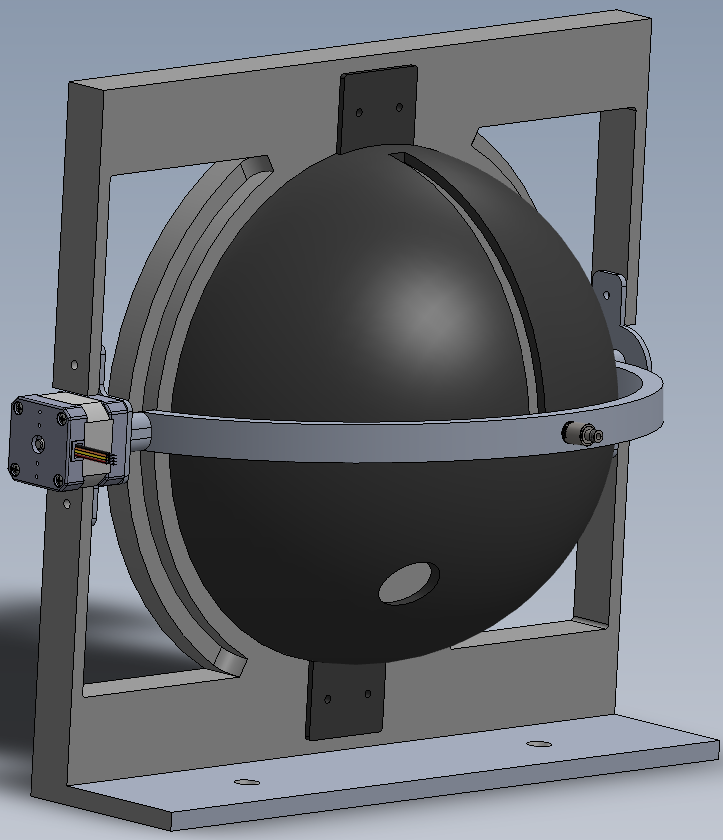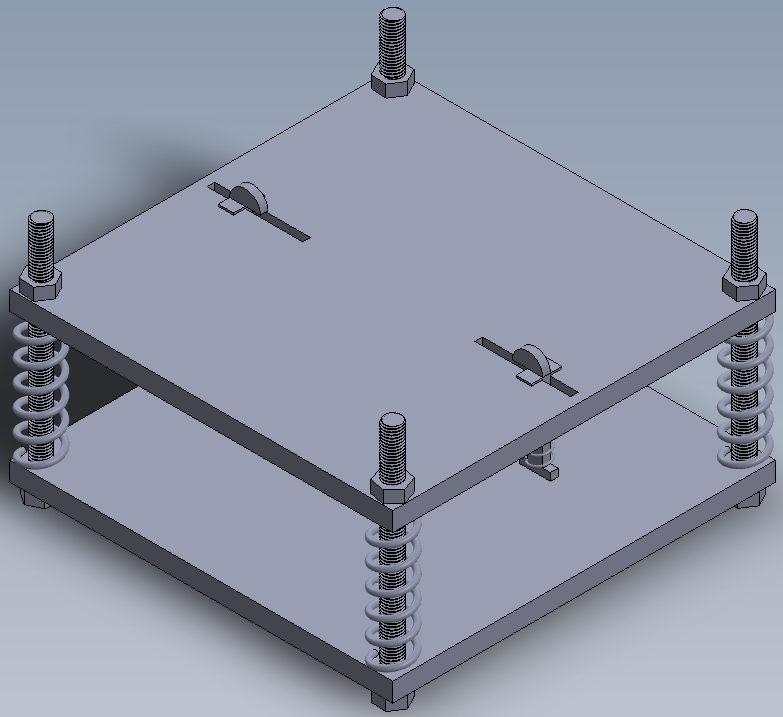Reflectivity Sphere

Undergraduate project: Jose Mata Gooptar, Katherine Kristofek
This project is an extension of our ongoing characterization of black and white materials. The reflectance of black and white samples are important to astronomical instrumentation design. Black materials are used to "black out" instruments to reduce stray light. Black materials are characterized via total and specular reflectance measurements. Low reflectance ensures that light is not bouncing off the material and is instead absorbed. White materials are used for flat field screens, which are white screens that reflect a smooth white plane and allow for telescopes and instruments to take flat fields for calibration. White materials are characterized for total reflectance and deviation from a Lambertian surface. A Lambertian surface has the same radiance when viewed from any angle.
Design
A reflective sphere is placed on top of a sample. Light enters the sphere and hits the sample from various angles, selected by a motorized arm. The light bounces off the sample and reflects off the sphere. A mirror in the sphere collects the light and reflects it into a detector outside of the sphere.



